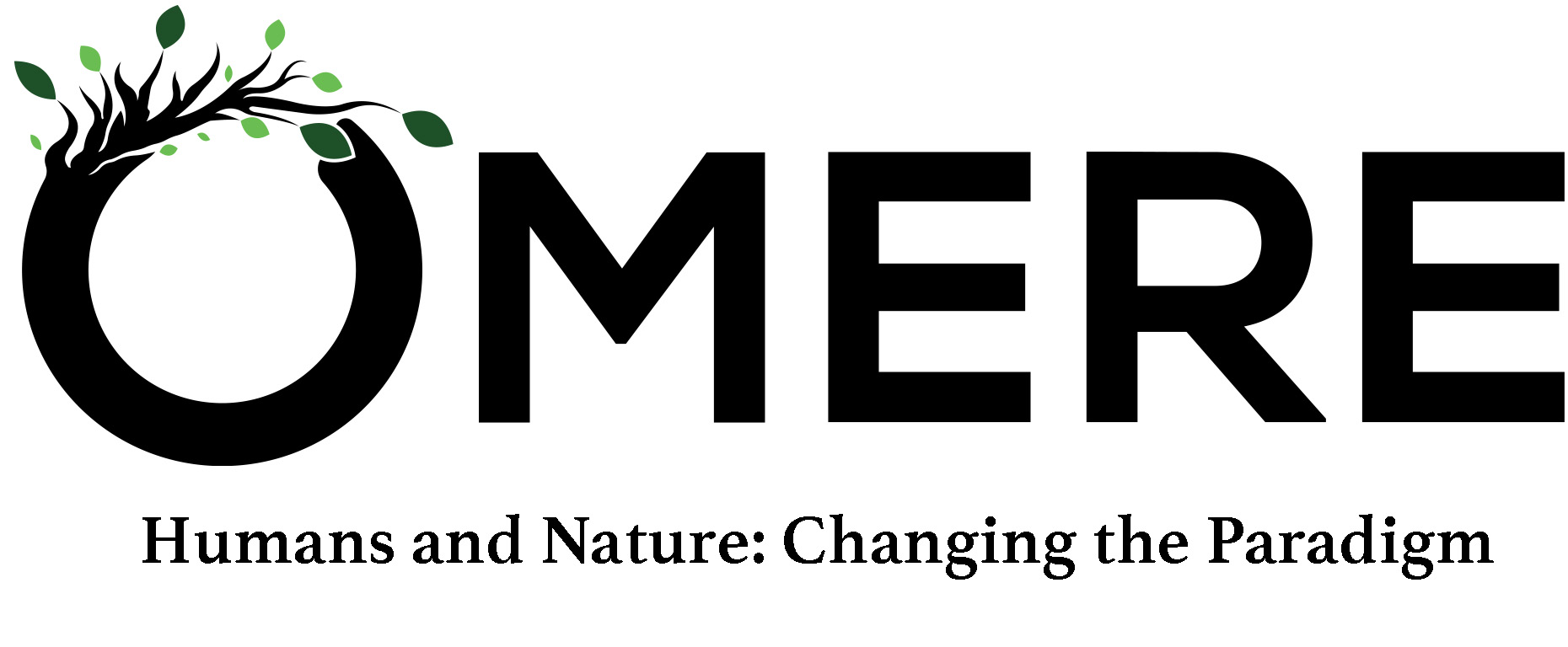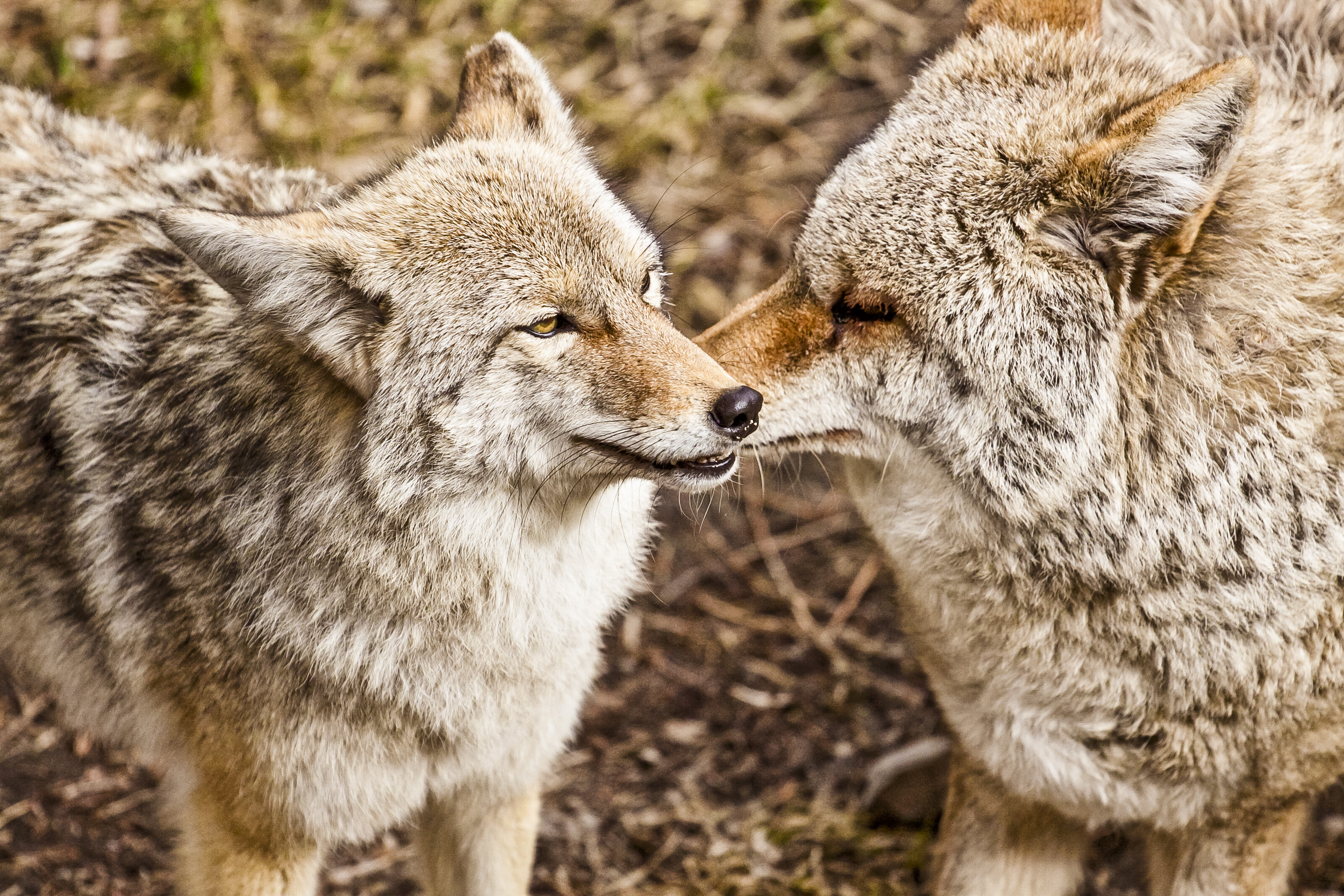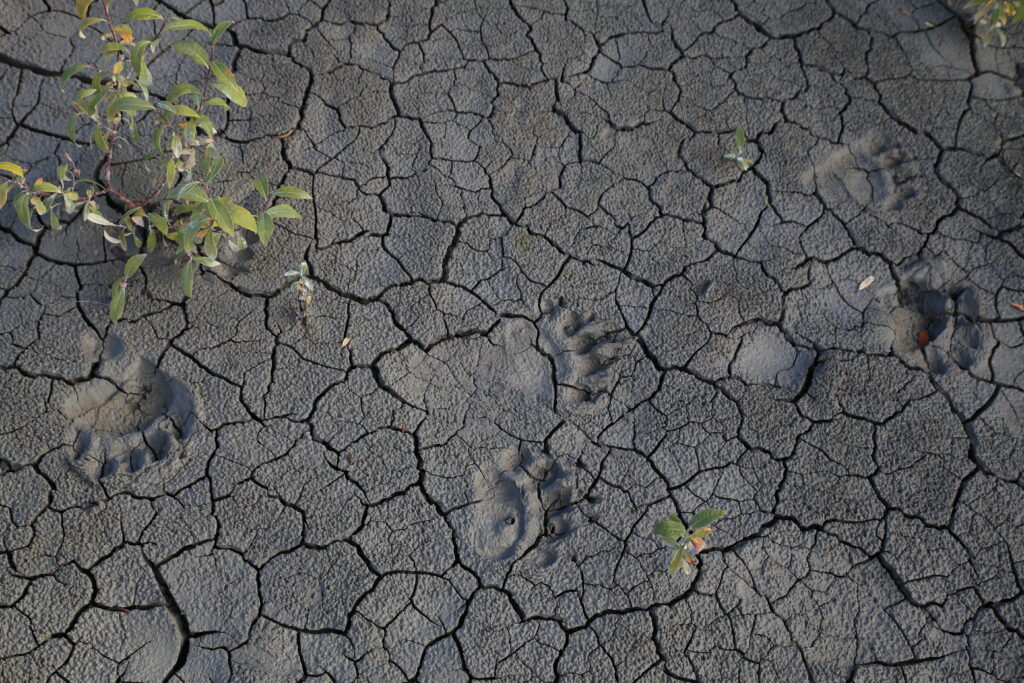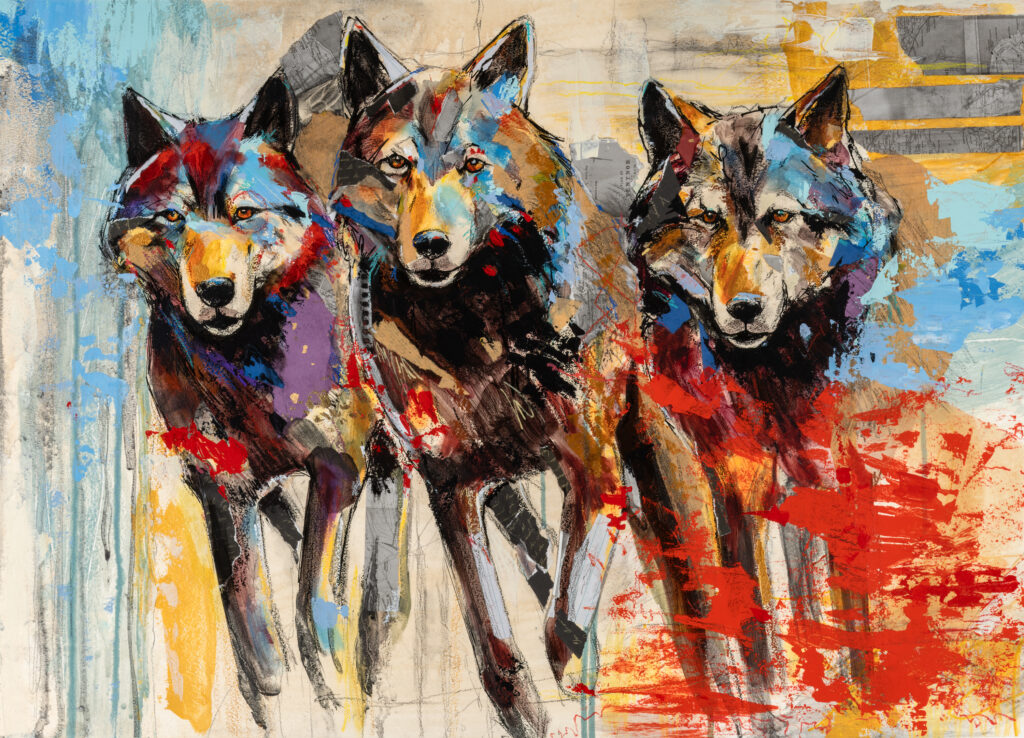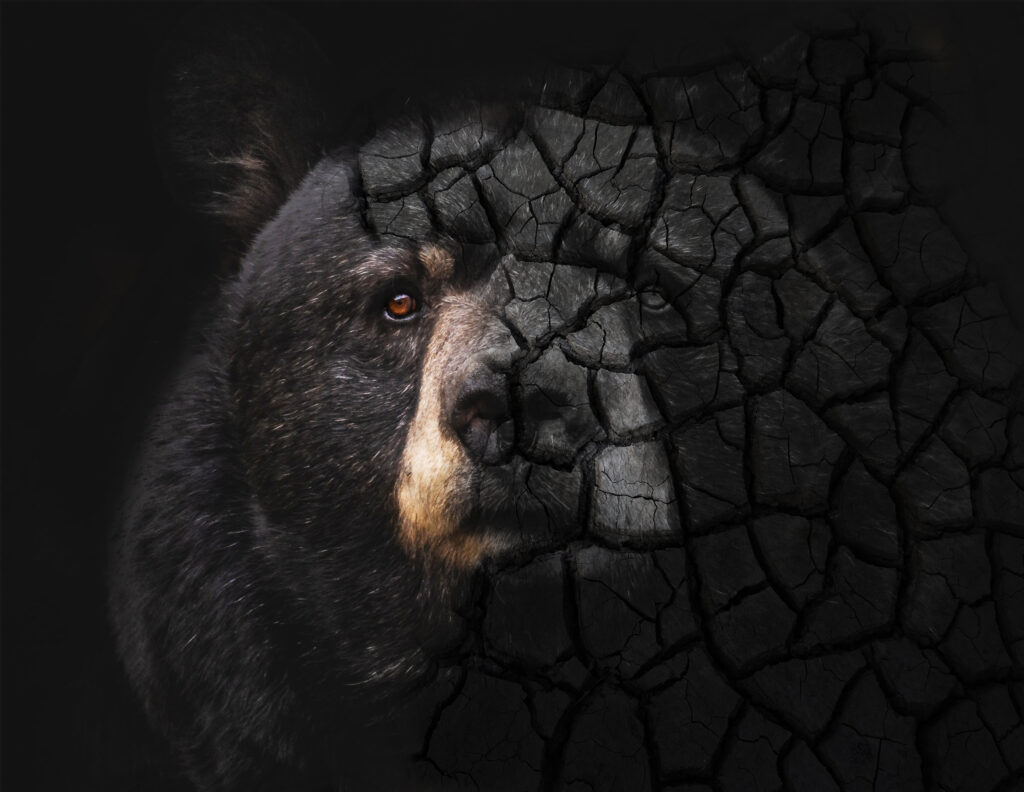Photo by cgardinerphotos/canstockphoto
Humans and wildlife can co-exist. If scientifically based compassionate measures are tried, if both humans and wildlife are offered a chance to succeed, we could not only save coyotes from unnecessary death but also salvage our own humanity.
In a recent four week period, four coyotes were killed, and the Conservation Officer Service (COS) continues searching for more, following the reported attacks in Stanley Park. It is alarming to see how the COS and The Vancouver Park Board are dealing with coyotes in urban settings. News headlines suggest that Stanley Park is under siege by ”aggressive” coyotes, which leads to overblown fears and a lack of remorse for the wild animals that made the park their home. As reported by Vancouver Sun, there have been 33 attacks by coyotes on people since December 2020. However, before these recent incidents, there had been only 8 coyote attacks since 1980, when coyotes first arrived in Vancouver.
Yet no one has investigated what has been causing this unusual recent behaviour among individual coyotes? Instead, for the past 7 months, the only solution the COS and the Park Board could come up with was deploying officers to trap, kill, and dispose of coyotes deemed responsible for the reported bites.
Appallingly, the COS refers to these killings as euthanasia, as if trapping an animal in a leg-hold trap that causes prolonged suffering were synonymous with “mercy killing.” As Lesley Fox, the Executive Director of The Fur-Bearers, states, these traps are cruel and “completely indiscriminate.” They also pose a danger to other wildlife species in the park, including squirrels, raccoons, voles and birds, as well as people who may accidentally step into one of them. And yet, there is silence or rather a selective outrage. People are outspoken about dogs getting into traps; they share their stories and start petitions demanding change in trapping laws. Do dogs suffer more than coyotes?
Apart from engendering ethical and humane concerns, trapping coyotes is highly ineffective; the coyotes that were killed are quickly replaced by others. There is also no way of knowing whether the coyotes responsible for the bites are the ones that have been tracked down and killed. Indeed, does the COS try to determine which coyote was involved in an attack? If so, how? COS refers only to the proximity of the site where the incident occurred. Coyotes, however, range widely and can quickly move to another part of the park.
The COS also states that “any coyotes captured that do not match the profile of the offending animal will be released.” From what descriptions do they create the “profile?” From unreliable reports by people to whom a coyote looks like, well, a coyote? In the end, therefore, the decimation of coyotes in Stanley Park is a smokescreen, killing for the sake of killing. It is not meant to make the community safe but to make the community feel safe.
Furthermore, there has been no attempt to learn about coyote behaviour in urban environments. Relevant questions remain not only unanswered but not even asked. As the Fur-Bearers argue, killing individual coyotes prevents scientists from studying the causes of the aberrant behaviour and determining reasons for the recency of the attacks.
Still, some researchers speculate that the coyotes’ boldness can be related to food stress. Other researchers blame “habituation” to human food. Still, even if these arguments are partially valid, the question remains why some coyotes turn aggressive and bite people, while others, though also habituated, do not?
There are no easy answers, especially since coyotes are among the most adaptable mammals in North America. Relying on what we know or have learnt so far might not be enough to understand the “evolving” coyote. And yet, the difficulty of the learning task does not lessen the necessity of engaging in this task. Killing is not a solution, and neither is living in a sterile urban bubble.
Whether coyotes are invasive or not, they are sentient beings and are here to stay. Moreover, they do not have to die, given the abundance of non-lethal safety measures that can be implemented, such as strict enforcement of feeding bylaws, appropriate signage, zoning, and more education. The Co-existing with Coyotes (CWC) program was specifically created in 2001 to prevent negative encounters between people and coyotes. However, twenty years later, the COS and the City resort solely to killing as a preventive measure.
Humans and wildlife can co-exist. If scientifically based compassionate measures are tried, if both humans and wildlife are offered a chance to succeed, we could not only save coyotes from unnecessary death but also salvage our own humanity.
